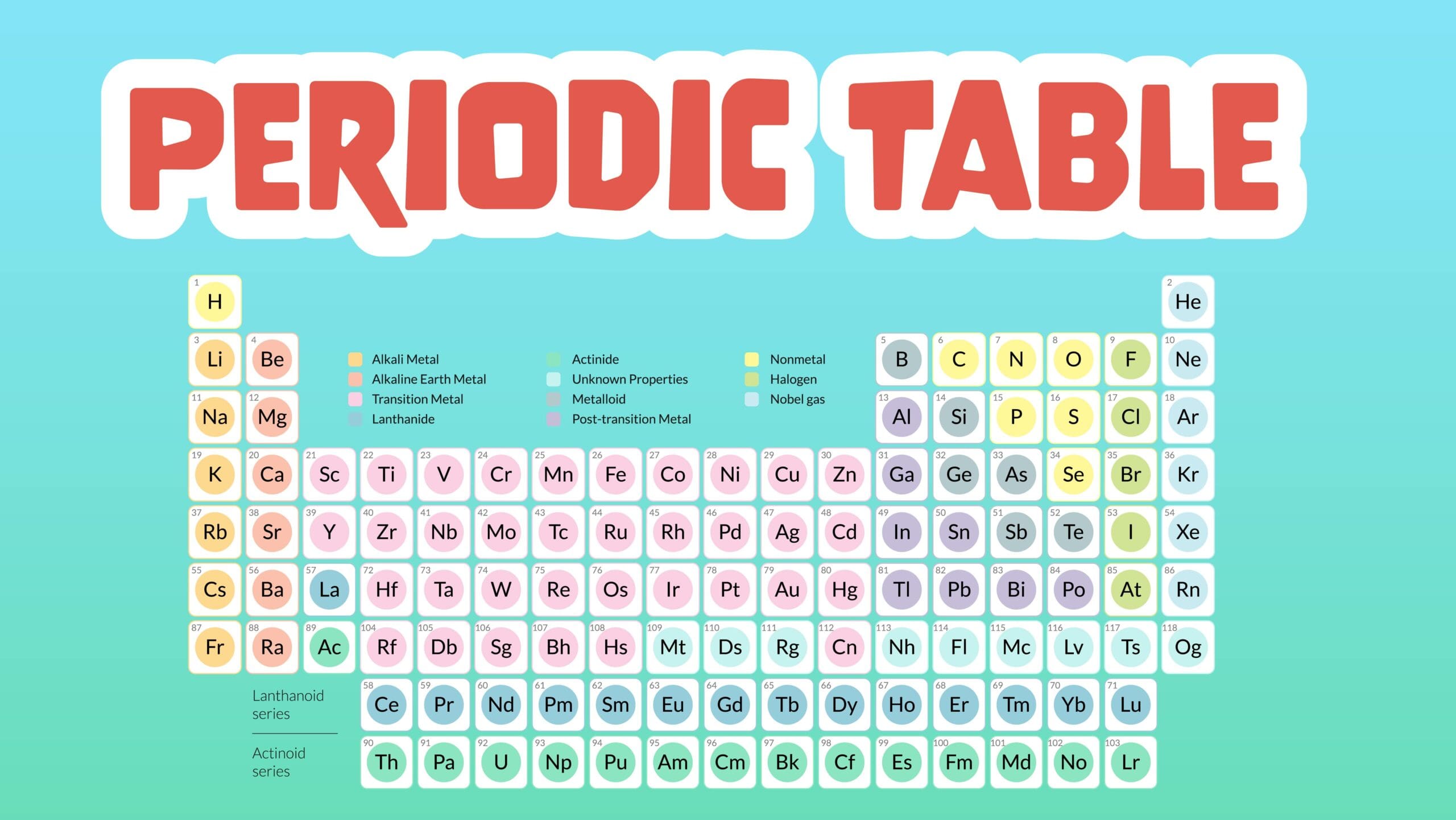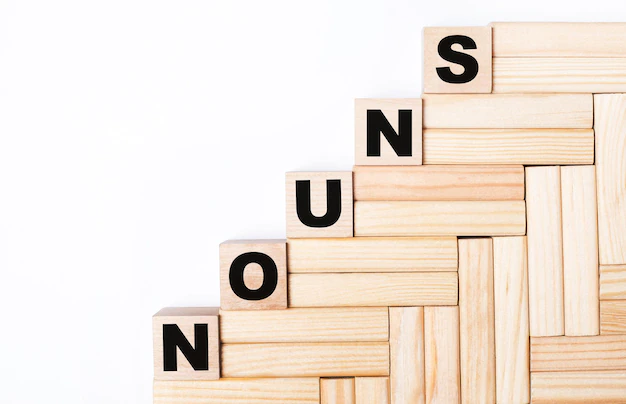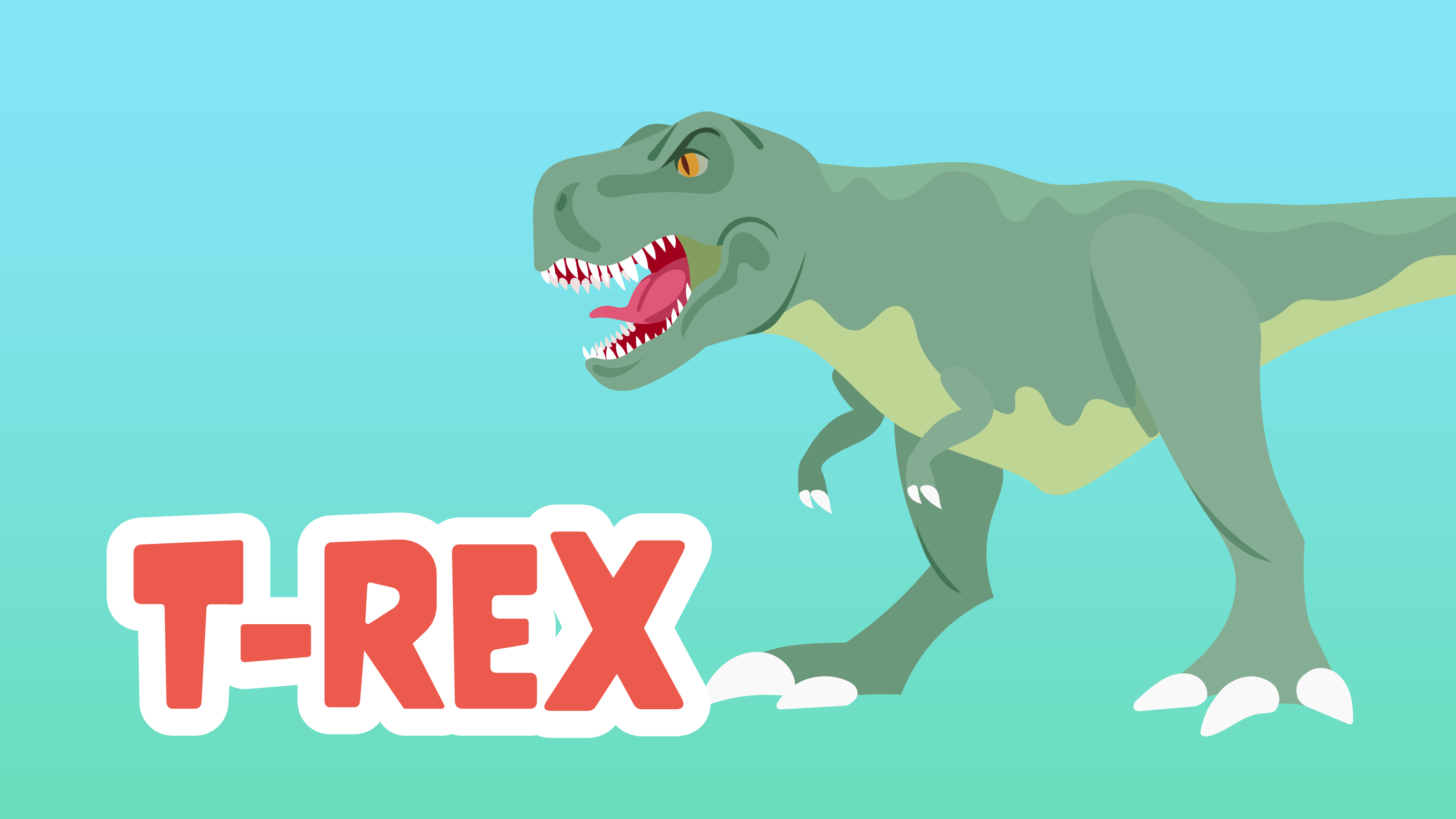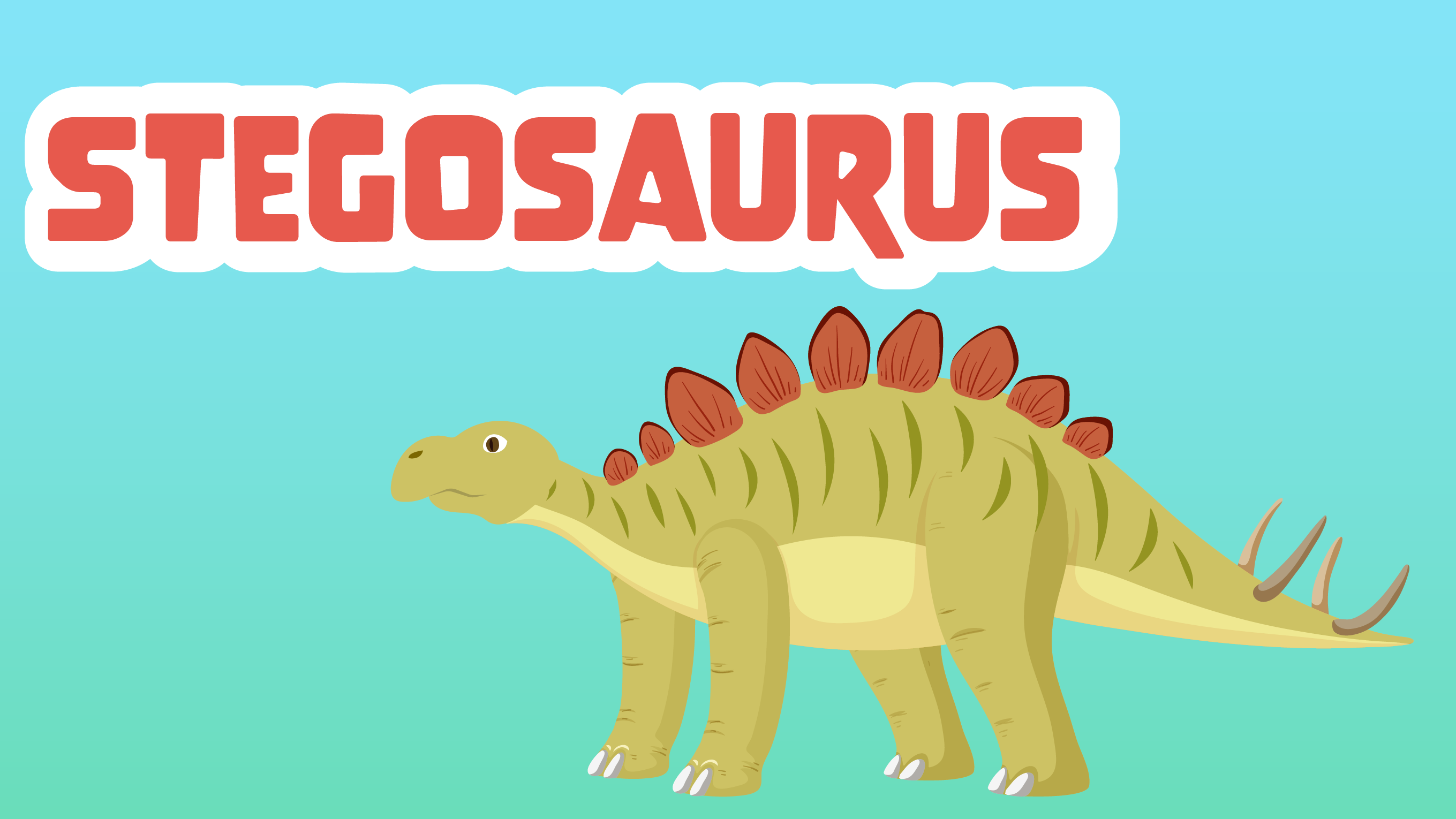
Nouns and Pronouns: 7 Different Types of Nouns and Interesting Ways to Identify Pronouns
Table of Contents

Nouns are everywhere in our everyday language use, whether spoken or written language. What is the definition of a noun? What do we use nouns for? What are the types of nouns? How do we use nouns? What are some examples of nouns? Are there common mistakes for using nouns? What are they?
Nouns have a definition in all English Dictionaries. It could be the name of anything. Nouns have different types, like common nouns and proper nouns. Nouns could be used as a subject or an object of the sentence. Nouns have different forms.
Pronouns are also essential in the English language. They replace a noun or a noun phrase that has been previously mentioned. Pronouns have different types for different functions. There are also some common mistakes in using pronouns.
We will discover what nouns and pronouns are, how they function, and what are the different types of each.
Definition of Nouns
A noun refers to a word that represents the name of something, for example, a person, animal, place, thing, quality, idea, or action, and comes in a sentence as subject or object of a verb. A noun also comes as an object of a preposition. Big Ben, Henry, The American University, table, and chair are examples of nouns.
Types of Nouns
There are various types of nouns in the English language. Common nouns are one of these types. Proper nouns are also another type of nouns. There are countable nouns and uncountable nouns. Abstract nouns and collective nouns are also types of nouns.
Common Nouns
A common noun is a word like table, cat or sea, that refers to an object or a thing but is not the name of a particular person, place or thing. Common nouns refer to general objects but they don’t have specific names. Nouns like school, hotel, hospital are considered common nouns.
Common nouns are not capitalized. They are written in lower cases. Common nouns can be singular or plural. They can be used as a subject or an object of the sentence. For example, the word hospital in the following sentence is a common noun:
- I went to the hospital last night.
The word hospital is a common noun. It is used as a subject of a preposition. It is used in the singular form. The following is another example for common nouns:
- Schools are very important.
The word school in the sentence is a common noun. It refers to schools in general without naming specific schools. It is used in the plural form. The common noun comes as the subject of the sentence.
Proper Nouns
A proper noun is a word that refers to the name of a person, a place, an institution, etc, and is always capitalized. Examples: Tom, Mrs. Jones, Rome, Texas, the Rhine, the White House. A proper noun is the specific name of the thing or the object. For example, John is the specific name for a person.
Proper nouns are always capitalized. They start with a capital letter. They can be used as a subject or as an object. They can be used in the singular or plural form. The following sentences are examples of proper nouns:
- Several Italians love pasta.
- Joe wants to visit the Eiffel Tower
In the first sentence , Italians are the proper noun. It is capitalized. It is in a plural form. It comes as the subject of the sentence. In the second sentence, Eiffel Tower is the proper noun. It is also capitalized. It comes as the object of the sentence. It comes in the singular form.
Countable Nouns
Countable nouns are nouns that can be counted. They can be used as singular countable nouns or plural countable nouns. We can use numbers with countable nouns. For example, we can say one car, two cars, three cars, four cars….etc.
We use a/an before singular countable nouns. For example, we say a car, a bus and a chair. We can also use ‘the’ with the singular countable noun. For example, we can say the car, the cat, the table and the book.
We can use ‘many’, ‘a few’ and ‘any’ with the plural countable noun. The following sentences are examples for plural countable nouns:
- I have many books.
- There are a few chairs.
- There are three doors.
- Do we have any pens?
- There aren’t any baskets.
In sentence 1, we use many with the plural noun ‘books’ to express that there is more than one book. In sentence 2, we use ‘a few’ with the plural noun ‘chair’ to show that there is more than one chair but they’re not a lot.
In sentence 3, we use the number ‘three’ with the plural noun ‘doors’ to refer to the exact number of the doors. Sentence 4 is in the interrogative form. We use ‘any’ with the plural noun ‘pens’ in the interrogative form. While in sentence 5, ‘any’ is used with the plural noun ‘baskets’ in the negative form.
Uncountable Nouns
Uncountable nouns are nouns that can’t be counted. They don’t have a plural form. We don’t use numbers with uncountable nouns. We can’t say ‘one water’, ‘two butters’ or ‘three rices’. Still, we can say, there is no electricity in the house.
‘A’ or ‘an’ can’t be used with uncountable nouns. For Example, We can’t say ‘a music’. We can use ‘some’ and ‘any’ with uncountable nouns. Uncountable nouns can also come with ‘much’ and ‘a little. The following sentences are examples of uncountable nouns:
a. There is a little water in the fridge.
b. I have much work to do.
c. We don’t have any juice.
d. They play some music.
We use measured amounts with uncountable nouns. For example, we can’t count ‘tea’, but we can count the cups of tea. We can say: we want three cups of tea. Here are some of the measured amounts that come with uncountable nouns:
- a bottle of
- a cup of
- a slice of
- a jar of
- a jug of
- a loaf of
- a bowl of
- a grain of
- a packet of
- a spoonful of
There are some nouns that are usually uncountable. Let’s check the list of these nouns:
accommodation -behaviour -damage -luck -permission -traffic-advice -bread -furniture- luggage -progress -weather-baggage -chaos -information -news -scenery -work
Concrete Nouns
Concrete nouns refer to things that can be detected and felt with our five senses. We can physically interact with concrete nouns. For example, a table is a concrete noun; we can touch the table and feel it. Concrete nouns can be people, places or animals. Let’s have a look at some examples of concrete nouns:
- Hearing: Music- noise-whistling
- Sight: boy-cat- door- John-Sarah
- Smell: flower- horse- perfume
- Touch: pennies- chair- baggage
- Taste: steak-cake- medicine
Abstract Nouns
Abstract nouns are words that refer to entities that we can’t physically detect with our five senses. They have no physical existence. Abstract nouns refer to ideas, emotions, concepts or feelings. Let’s have a look at some examples of abstract nouns:
- Feelings: fear- pressure- stress
- States: freedom- luxury- chaos
- Emotions: anger- grief- sorrow
- Qualities: courage- generosity- honesty
- Concepts: comfort- charity- opportunity
- Moments: marriage- career- death
Collective Nouns
A collective noun is a name given to a group of nouns, to refer to them as one whole unit. Most of the collective nouns can be used as singular or plural. Some collective nouns are always used with a plural verb. Let’s have a look at some examples of collective nouns:
- A flock of birds
- A fleet of ships
- A pair of shoes
- A bowl of rice
- A pod of whales
- A pride of lions
Singular Nouns Vs Plural Nouns
Singular nouns are used to refer to one thing, place, person or idea. For example, book, table, pen, boy and garden are all singular nouns. While plural nouns refer to more than one thing, place, person or idea. For example, books, boys, and gardens are all plural nouns.
There are different ways to form the plural of nouns. We can add ‘es’ to the singular nouns if they end in ‘s-ss-sh-ch-x-o-z’. Also, We can add ‘ies’ and take off the ‘y’ to the singular nouns if they end in a consonant followed by y’. Apart from the previously mentioned cases, we can add ‘s’. Unless They are irregular nouns.
| Singular | Plural |
| box | boxes |
| penny | pennies |
| car | cars |
| man | men |
| wife | wives |
Compound Nouns
Compound nouns are nouns that include two or more words. They are formed by different combinations. For example, we can form a compound noun by noun+noun, adjective+noun…etc. We use the two words together to mean one thing, place, person or idea. Let’s check some examples of compound nouns:
- Basketball (noun+noun)
- Greenhouse (adjective+noun)
- Runway (verb+noun)
- Underground (preposition+noun)
- Bystander (adverb+noun)
Possessive Nouns
A possessive noun is a special place, person or thing. It shows ownership of an object or another noun and tells who or what it belongs to. We form possessive nouns by adding (‘s) to the singular nouns and the irregular plural nouns. We add only (‘) to the regular plural nouns. The following are some examples:
- Tom’s cat
- Children’s books
- Teachers’ bags
Usage of Nouns
Nouns can be used as a subject, object or complement in the English sentence. Nouns work as an object of a preposition too. Nouns can sometimes be used to describe other nouns. For example, ‘soccer ball’ the noun ‘soccer’ describes the noun ‘ball’.
Common Mistakes with Nouns
One of the most common mistakes is using nouns in the plural form while they are always used in the singular form. Another mistake is using the noun in the plural form while they are already plural. Also, we sometimes use uncountable nouns in the plural form. Let’s see some examples:
- She feeds the poors. (the noun poor is always plural)
- I want to buy new furniture. (The noun furniture is always singular)
- They drank juices. (The noun juice is an uncountable noun)
Definition of Pronouns
A pronoun is a word that is used to stand for a noun or noun phrase. They are used in order not to repeat words. A pronoun refers to either a noun that has been mentioned before or to a noun that doesn’t need to be named specifically.
Types of Pronouns
There are different types of pronouns. Each type of pronoun has a specific function in the sentence. They are placed in different places in the sentence. For example, Personal pronouns come as a subject of the sentence while other types of pronouns come as an object of the sentence.
Personal Pronouns
Personal pronouns are pronouns that we use to refer to people, things and animals. The personal pronouns come as subject pronouns and object pronouns. Subject person pronouns replace the subject of the sentence. Object person pronouns replace the object in the sentence.
| Subject Person Pronoun | Object Person Pronoun |
| I, you, he, she, it, we, they | Me, you, it, him, her, us |
There are singular person pronouns and plural-person pronouns. Singular pronouns refer to exactly one person or thing. Singular person pronouns and plural person pronouns are first-person, second person and third person.
The singular person pronouns are I, you, he, she, it, me, her and him. ‘I’ and ‘me’ are the first person singular pronouns. ‘You’ is the second person pronoun. ‘He’, ‘she’, ‘it’, ‘him’ and ‘her’ are third-person singular pronouns.
‘We’ and ‘us’ are first-person plural pronouns. ‘You’ is the second person plural pronoun. ‘They’ and ‘them’ are the third person plural pronouns. Let’s check some examples of personal pronouns:
- He is a doctor.
- They play tennis well.
- I go to school by bus.
- You are a smart student.
- They spoke to us yesterday.
Relative Pronouns
Relative pronouns are used at the beginning of the relative clause. There are five common relative pronouns in the English language which are ‘who’, ‘whose’, ‘whom’, ‘which’ and ‘that’. The relative pronouns ‘when’ and ‘where’ are less used. Let’s check the table that explains the usage of relative pronouns.
| Who | Used for people |
| which | Used for animals and objects |
| whom | Replaced who when it comes as an object |
| whose | People or animals. Used for possession in the beginning of the clause |
| that | Used for people, animal and objects in speech and informal writing |
The following examples show the different relative pronouns:
- Tom ,whose car is blue, had a car accident.
- This is the cat that I bought last week.
- The mobile phone which I lost is really expensive.
- The teacher helped the students whom the principal brought over.
Possessive Pronouns
Possessive Pronouns represent ownership or possession of a noun. There are two types of possessive pronouns. The first type is possessive determiners which function as a pronoun. They are used before a noun or an adjective. My, your, our, her, his, its and their are possessive determiners.
The second type is independent possessive pronouns which refer to a previously mentioned noun. Independent possessive pronouns can stand alone in the sentence. Independent possessive pronouns are mine, yours, ours, hers, his, its, theirs. Let’s check some examples of possessive pronouns:
- This is my book.
- The pen is his.
- Is it your bag?
- I like her dress.
- The keys are mine.
Interrogative Pronouns
Interrogative pronouns are the same as relative pronouns but they are used as question words to ask questions. They are used to replace a noun. Let’s check the list of interrogative pronouns:
| Interrogative Pronouns | who, whom, which, what, whose, whoever, whomever, whichever, whatever |
Here are some examples of interrogative pronouns:
- Who is knocking?
- Whose is this?
- Whatever do you mean?
Indefinite Pronouns
Indefinite pronouns represent people or things without saying exactly who or what they are. If the pronoun ends in -body or -one then it refers to a person. If the pronoun ends in -thing then it refers to a thing. Some pronouns function as singular nouns, some functions as plural nouns and others function as both.
| Singular Indefinite Pronoun | Plural Indefinite Pronouns | Singular and Plural Indefinite Pronouns |
| anybody, anyone, anything, everybody, everyone, everything, nobody, no one, nothing, somebody, someone, something Each, one, much, little | Both, few, many, several | all, any, more, most, none, some, such |
The following sentences are examples of indefinite pronouns:
- Is there anyone to talk to?
- Both sound great to me.
- All are welcome
- Everybody was happy at the wedding.
- Nobody came to the party
Reflexive Pronouns
Reflexive pronouns replace the object of a sentence when it refers to the same person or thing in the subject. They usually come after the verb in the sentence but sometimes can follow a preposition. Reflexive pronouns can be singular or plural. The following table shows the list of the reflexive pronouns:
| Singular Reflexive Pronouns | Plural Reflexive Pronouns |
| myself, yourself, himself, herself, itself, themself, theirself | yourselves, ourselves, themselves |
Here are some example sentences of the reflexive pronouns:
- Sarah bought herself a new laptop.
- Lilian usually calls herself Lily.
- The children made themselves a kite.
Intensive Pronouns
Intensive pronouns are the same as reflexive pronouns but they are not essential in the sentence. Intensive pronouns are used for emphasis. They come after the noun or the pronoun they’re intensifying. The following examples show how intensive pronouns are used in the sentences:
- I myself tried to fix the fan.
- They themselves witnessed the accident.
- You yourself can win the game.
Demonstrative Pronouns
Demonstrative pronouns replace a noun that has already been mentioned in the sentence. There are singular demonstrative pronouns and plural demonstrative pronouns. Some of the demonstrative pronouns work as demonstrative adjectives. Let’s check the singular and plural demonstrative pronouns:
| Singular demonstrative Pronouns | Plural Demonstrative Pronouns |
| this, that, such, none, neither | These, those |
Let’s check some examples of demonstrative pronouns:
- This is my favourite T.V show.
- Those are so cheap.
- Neither suits me.
Reciprocal Pronouns
Reciprocal pronouns show an action when two or more people are performing together. There are only two reciprocal pronouns. They are each other and one another. Each other is used for two people while one another is used for more than two. Here are some examples of reciprocal pronouns:
- My parents respect each other.
- The dogs fought one another in the street.
Usage of Pronouns
Pronouns are mainly used to replace the noun in the sentence to avoid repetition. Pronouns are still used in certain ways to make sure that the sentence is grammatically correct. Pronouns and the nouns they replace have to agree in number, gender and case.
Common Mistakes
One of the most common mistakes is using the object form of the pronoun instead of the subject form. Another common mistake is using the wrong verb form with the pronoun. One more mistake is using ‘both’ and ‘all’ instead of ‘neither’ and ‘non’ in the negative form. Let’s check the following examples:
- Each of the kids listens to the song. (‘each’ takes a singular verb form)
- Both didn’t go. (‘Neither’ is used in the negative form)
- They all didn’t go. (None of us went)
Nouns and pronouns play an important role in sentence structure. They are correlated. There are various types of nouns and pronouns. Each type has a different purpose. Common mistakes in using nouns and pronouns can be easily avoided by following the rules.


Leave a Reply